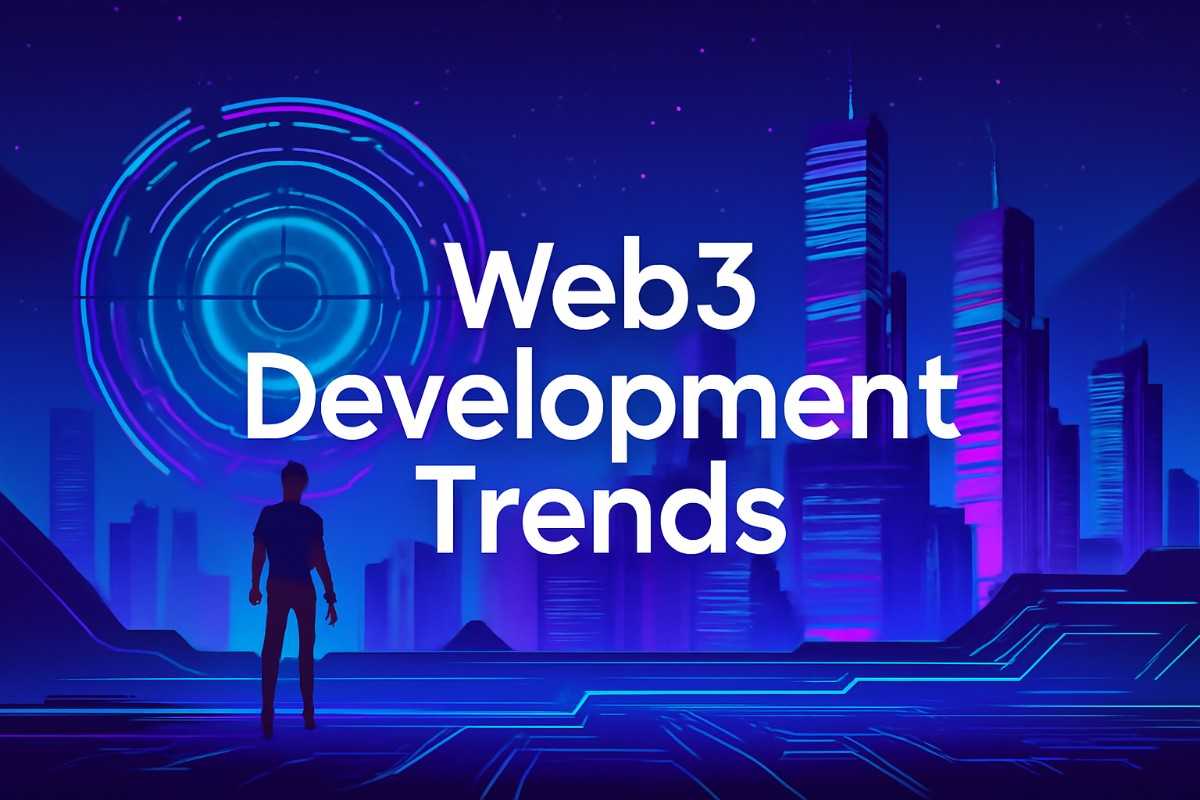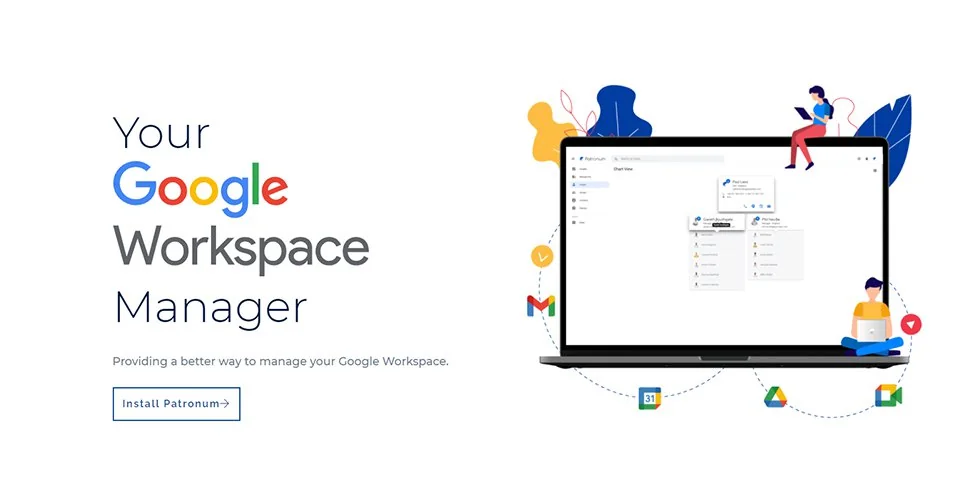Introduction: Understanding Web3 and Its Impact on the Future
Web3 is the next big evolution of the internet, shifting from the centralized, corporate-controlled web (Web2) to a more decentralized, user-driven web. This transition is powered by blockchain technology and aims to provide users with more control over their data, privacy, and digital assets. As we approach 2025, the implications of Web3 development trends are becoming increasingly significant across industries, from finance to entertainment to governance.
What is Web3?
In simple terms, Web3 is a new version of the internet that aims to break away from centralized authorities, like large corporations and governments, to give users greater ownership of their data and assets. Powered by blockchain technology, Web3 promotes decentralization, transparency, and security. It’s about creating an ecosystem where trust is built into the infrastructure rather than relying on third-party intermediaries.
Why Web3 Development Matters in 2025
The demand for Web3 solutions is skyrocketing, driven by concerns about privacy, security, and control over personal data. In the next few years, Web3 will revolutionize everything from digital finance to online social networks, creating new opportunities for innovation. Developers are working hard to make Web3 more scalable, secure, and user-friendly, and by 2025, we can expect it to be a mainstream part of our daily digital lives.
Key Web3 Development Trends to Watch in 2025
The Rise of Decentralized Finance (DeFi)
One of the most exciting Web3 trends is the continued rise of Decentralized Finance, or DeFi. DeFi refers to a set of financial services that operate on blockchain networks, enabling peer-to-peer transactions without the need for traditional banks. This trend has been growing rapidly, with decentralized exchanges (DEXs), lending protocols, and other financial products becoming mainstream. By 2025, expect innovations like yield farming and staking to become more accessible and rewarding for everyday users.
The Explosion of Non-Fungible Tokens (NFTs)
NFTs have been one of the most talked-about Web3 trends in recent years, and they’re not going away anytime soon. While NFTs started as digital art, they’ve quickly expanded into gaming, virtual real estate, and even fashion. In 2025, we’ll see NFTs integrated into more aspects of digital culture, from virtual assets in the metaverse to collectible fashion items. The NFT market is evolving, and it’s likely to play a major role in the Web3 economy.
The Growth of Decentralized Autonomous Organizations (DAOs)
DAOs represent a new form of governance where decisions are made collectively by members rather than a centralized authority. These organizations operate on blockchain networks and allow participants to vote on key decisions in a transparent, democratic manner. DAOs are already reshaping the way communities and projects are managed. In 2025, we can expect DAOs to grow in prominence, especially in areas like decentralized finance, governance, and project management.
Impact of Emerging Technologies on Web3 Development
Artificial Intelligence (AI) in Web3
AI is beginning to make its mark on Web3, enhancing the capabilities of decentralized applications (dApps) and smart contracts. AI can automate contract execution, make predictions, and even analyze blockchain data for security purposes. By 2025, AI will be a key player in improving the efficiency and scalability of Web3 technologies, making them smarter and more adaptable.
Blockchain Interoperability and Layer 2 Solutions
As more blockchains emerge, the need for interoperability has never been greater. Web3 is moving toward solutions that allow different blockchains to communicate with each other seamlessly. This is where Layer 2 solutions come into play. Layer 2 protocols help scale blockchains by reducing congestion and transaction costs. In the coming years, these technologies will play a crucial role in making Web3 applications more scalable and efficient.
User Experience and Adoption Challenges in Web3
Simplifying Web3 Interfaces for the Masses
Web3 adoption faces a major hurdle in user experience. Currently, using Web3 apps often requires technical know-how, and many interfaces are not intuitive. For widespread adoption, Web3 developers will need to focus on making the user experience as simple and accessible as possible. By 2025, we expect a shift toward user-friendly interfaces that make Web3 applications as easy to use as their Web2 counterparts.
The Importance of Web3 Wallets and Identity Management
Web3 wallets are essential for interacting with decentralized applications, but they’re still not as user-friendly as traditional wallets. In the coming years, we’ll see innovations that make wallets more secure, accessible, and easier to use. Additionally, decentralized identity solutions will play a big role in allowing users to control their digital identities across Web3 platforms.
Privacy and Security in the Web3 Ecosystem
Enhancing Privacy with Zero-Knowledge Proofs
As privacy becomes more important to users, Web3 is leveraging technologies like Zero-Knowledge Proofs (ZKPs) to protect personal data. ZKPs allow users to prove something without revealing the actual information, offering enhanced privacy in transactions. By 2025, we’ll see more widespread use of ZKPs to safeguard user data across Web3 platforms.
Securing Smart Contracts and dApps
Smart contracts are at the heart of Web3, but they must be secure to prevent exploits and hacks. Developers are focusing on auditing smart contracts to ensure they’re safe to use. As Web3 continues to grow, expect to see improved security measures and new tools for auditing and securing smart contracts.
Conclusion: Embracing the Future of Web3 Development
Web3 is not just a passing trend — it’s the future of the internet. As we move toward 2025, the development of decentralized applications, blockchain technologies, and user-focused innovations will reshape how we interact online. For developers, businesses, and users alike, embracing Web3 offers exciting opportunities for growth, innovation, and a more equitable digital future.
By staying on top of these Web3 development trends, you can be at the forefront of this digital revolution, building the technologies and ecosystems that will define the next generation of the internet.




